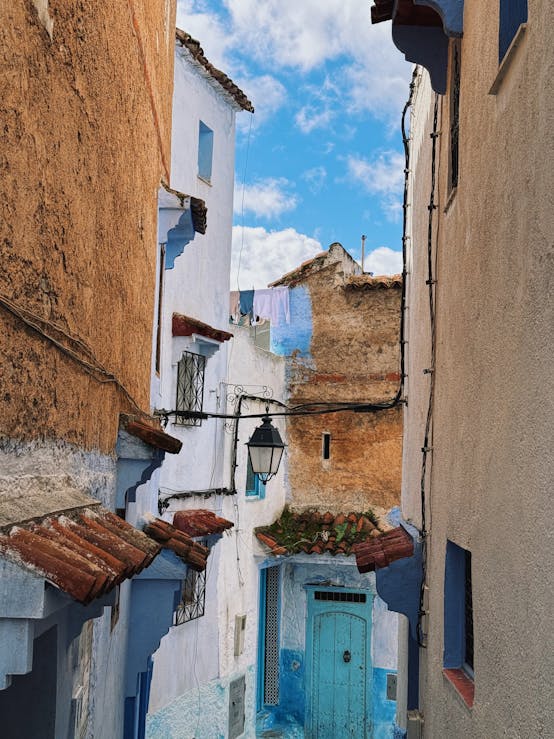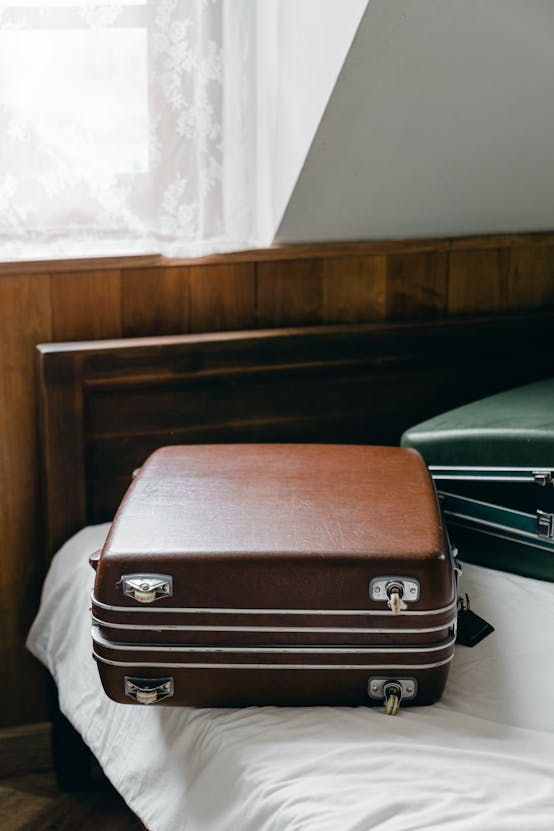Preparing for Winter Camping
Delving into winter camping preparation is key for any successful adventure in cold climates. One cannot overstate the importance of thorough planning and preparation. This involves compiling a comprehensive list of winter camping essentials. Consider items such as a four-season tent, a high R-value sleeping pad, and a sleeping bag rated for low temperatures. These are designed to combat plummeting temperatures and unpredictable weather conditions.
Understanding weather forecasts and risks is central to planning for cold weather. Check forecasts frequently and be prepared for sudden shifts. Recognizing weather patterns can help you anticipate and respond to emergencies swiftly. It’s also beneficial to have a strategy for managing any unforeseen circumstances.
In parallel : Embark on the Perfect UK Camping Odyssey: Your Ultimate Guide to Scenic Train Rides and Nature Escapes
Incorporating a checklist further ensures nothing crucial is left behind. Include items like insulating layers, windproof outerwear, and essential kitchen supplies for food preparation. Each plays a pivotal role in your safety and comfort. Be methodical in packing and test gear beforehand to ensure everything works properly, reducing risks during the actual trip.
Preparation not only enhances your experience but increases your safety, allowing for a memorable winter camping adventure.
Also read : What Are the Unexpected Traditional Delights to Explore While Camping in the UK?
Selecting the Right Campsite
Choosing an appropriate winter campsite can significantly impact your camping experience. Start by considering the key factors such as terrain, elevation, and natural windbreaks. Terrain should be flat for easier tent setup and less prone to snow accumulation. Higher elevations offer stunning views but can be colder and windier; balance the beauty against the potential risks.
A campsite’s proximity to water sources provides convenience for cooking and cleaning. This reduces the need to carry excessive water supplies. However, avoid setting up camp too close, as fluctuating water levels and thinning ice pose hazards. Look for signs of animal activity, as these areas are likely closer to water bodies and ideal for wildlife observation.
Evaluate winter campsite features that include natural wind protection, such as trees or rocky outcrops, offering additional shelter. Consider potential sunlight exposure, particularly for morning light, which helps melt frost and warms the area.
Remember, for optimal campsite selection, balance safety, comfort, and nature appreciation. Planning with these factors in mind ensures a secure, enjoyable outdoor experience even amidst the challenges of cold weather camping. For guidance, winter camping locations with known conditions can serve as an ideal starting point.
Clothing and Gear for Cold Weather
Selecting the appropriate winter camping clothing and cold weather gear involves understanding layering techniques to maximize warmth and comfort. This strategy involves the systematic use of multiple clothing layers, each serving a distinct purpose.
Layering Principles
Layering techniques begin with a base layer that wicks moisture away from the skin. Opt for materials like merino wool or synthetic fibers, which are lightweight and breathable. The insulation layer traps body heat and should include materials such as fleece or down. Finally, the outer layer provides protection against wind and precipitation, ensuring it is waterproof and wind-resistant.
Footwear for Winter Conditions
Crucial to your comfort, winter footwear should offer insulation and waterproofing. Look for boots with rubber soles for improved traction on icy terrains. Materials like Gore-Tex provide breathability while keeping your feet dry.
Accessories for Extra Warmth
Don’t overlook essential accessories like hats, gloves, and thermal layers. A hat conserves body heat, while insulated gloves protect fingers from frostbite. Neck gaiters and woolen scarves add a vital layer of warmth, reducing heat loss and keeping you comfortable in frigid temperatures.
Safety Measures and Emergency Preparedness
Camping in colder climates necessitates a focus on winter camping safety to manage potential risks effectively. An essential aspect of preparation includes packing a comprehensive first aid kit. Understand how to treat frostbite and hypothermia since these are common threats during winter excursions. Proper insulation and thermal blankets can prevent or mitigate these conditions.
Formulating a solid emergency procedures plan is crucial. This involves identifying shelter locations and setting up communication strategies, such as using satellite phones if cell coverage is unreliable. Let someone know your itinerary and expected return time to alert authorities in case of an emergency.
Staying warm becomes imperative; thermal layers help sustain body heat. Understanding the signs of hypothermia, such as uncontrollable shivering or confusion, enables prompt response. Keep dry clothes accessible to change immediately if dampness occurs.
Embracing effective risk management helps avert adverse scenarios. For instance, avoid trekking alone and “buddy-up” to monitor each other’s well-being. Always carry a reliable multi-tool and a backup heat source, like chemical hand warmers or portable stoves, to stay prepared for unexpected situations. Empower oneself with these safety measures, ensuring a secure and enjoyable winter camping experience.
Cooking in Cold Weather
Cooking in winter camping conditions requires methods that cater to cold environments. One effective approach is using a liquid fuel stove, as they perform well in low temperatures compared to canister stoves that might struggle. Cold weather meals should be calorically dense and easy to prepare. Think of items like instant oats, freeze-dried meals, or pasta that require minimal cooking time and effort.
Prepare meals that withstand cold weather without compromising nutrition. Foods high in healthy fats and carbohydrates provide vital energy necessary for maintaining body heat. Nuts, cheese, and trail mix are excellent for snacks, ensuring a sustained energy level.
Hydration plays a critical role too, often overlooked due to the cold. Melt snow with your stove to replenish your water supply. Always boil the melted snow to ensure its safety. This method not only quenches thirst but supports winter camping cooking by providing a steady supply for meal preparations.
Consider bringing insulated cooking gear to keep your meals warm and enjoyable. Remember, prepping ingredients at home saves time and simplifies the cooking process outdoors. These outdoor cooking tips streamline winter meal preparation, enhancing your camping experience while prioritizing warmth and convenience.
Navigating Potential Challenges
Winter camping introduces distinct challenges that require skilful management. One prevalent issue is managing condensation within tents which becomes more pronounced in colder temperatures. Condensation forms when moisture in the air inside the tent meets the cold tent walls, leading to damp sleeping areas. Solutions include improving ventilation and utilizing a tent with a well-designed rainfly.
Dealing with Weather Changes
Another formidable obstacle is unexpected weather changes that can alter conditions drastically. To contend with this, regularly monitor weather updates and plan for flexible travel routes. Bringing a multi-season tent and adaptable gear ensures readiness for a sudden snowstorm or temperature drop.
Tips for Wildlife Encounters
Despite the cold, wildlife encounters remain possible. Animals can pose risks or cause disruptions. Understanding local wildlife behaviors and keeping food safely stored away from tents are key precautionary measures. Using bear canisters or hanging food is advised.
Incorporating these solutions into your winter camping strategy helps mitigate potential obstacles, allowing for a safer and more gratifying outdoor experience. Awareness and preparedness in addressing these factors can significantly enhance the chances of a successful winter camping trip.
Real-Life Experiences and Tips
Engaging with the wilderness during winter can be transformative, as evidenced by numerous seasoned winter campers. Their personal anecdotes significantly enhance knowledge on the complexities of winter camping. For instance, one camper shared how the weight of snow in their tent taught them the importance of proper snow-clearing tools and techniques.
These shared experiences are invaluable for understanding unforeseen challenges and preparing effectively. Another winter enthusiast emphasized the critical role of reliable cold-weather gear after experiencing frostbite from inadequate thermal layers. This further underscores the necessity of investing in quality winter camping essentials.
Seeking expert advice also aids in enhancing safety and enjoyment. Many experts suggest always having an extra supply of high-energy food, which is crucial when unexpected weather extends your trip. Engaging with online communities or dedicated forums, where campers exchange insights and advice, can be particularly beneficial. Recommendations from experienced campers often pivot around selecting the site’s elevation and positioning to benefit from natural windbreaks.
Drawing from these real-life experiences offers a comprehensive guide, helping campers make informed decisions for their adventures, while fostering a community of shared knowledge and support.


